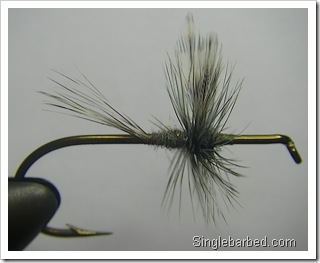I’m on unfamiliar turf, unsure whether to be melancholy, maudlin, or go with chest thumping bravado. Guys are always conflicted that way as we aren’t allowed to “tear up” when Old Yeller gets lead out behind the barn, nor are we supposed to get melancholy when we see our home water laying there with bones exposed and buzzards her only companion.

On May 9th my beloved Little Stinking had the stopper pulled and ran bone dry. A couple months ago I wandered the lower stretch and saw the only water remaining was four large beaver ponds. This morning I had the nerve to go up to the big fish stretch to see what remained – as the gauge read that water had been restored.
The creek was dead, completely dewatered and dry as a bone.
As it was early still and heat wasn’t an issue I elected to hold a wake. I’d wander down through the normal jaunt and see how deep each hole was and collect a few lost flies.
I must have made quite the spectacle as even the ATV crowd gave me a wide berth. I’m fully geared with hip boots, vest, and rod – and crunching through dry creek bed like I was expecting to fish sometime soon.
My already dubious reputation was lowered a couple of notches, I suppose I’m the “Wild Man of Crap Creek”, “tetched” in the head by too much sun. Mothers no longer wave back – they gather their kids close as I pass …
 Dead and desiccated beaver were scattered near their burrows. While agile underwater they’re clumsy prey on dry land, easy pickings for coyotes or someone’s Rottweiler.
Dead and desiccated beaver were scattered near their burrows. While agile underwater they’re clumsy prey on dry land, easy pickings for coyotes or someone’s Rottweiler.
The pelts were too far gone for my road kill honed reflexes, and I left them for the buzzards.
Even the deep stretches were dry, at best with a bit of dampened mud at the bottom. No fish carcasses were evident but they would’ve been picked clean and skeletal.
It’s a complete wipe. Bugs dead, fish dead, and the wildlife in the area foraging for water as best they can. I found a couple muddy traces that had an inch of water remaining, and the volume of animal tracks nearby were moot testimony to the deer, coyotes, and birds having to make do.
It was science at this point. What happens when fish detect lowering water and the temperature rises to unacceptable? Do they slide downstream until blocked – there to die, or can they sense the calamity and migrate before the inter-pool riffles dry and block passage?
At the end of my downstream leg and after tromping nearly two miles I found the last pool of water remaining. A family of four mink (might have been otter) were swimming in four feet of of clear water in a pond I could nearly cast across.
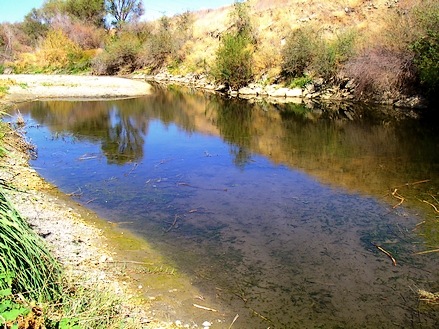
In the past this had been the home of all the really large smallmouth, with the far bank a deep slot nearly ten feet deep. Now it was a large swimming pool of half that depth.
I’d never seen mink on the creek – even in her final moments the Old Gal was still full of surprises. I sat on the gravel bar above and watched them swim around a bit. The water was full of fish, everything that could swim downstream had done so – now marooned by shrinking water and likely will be eaten by the four mink in residence.
Not much a fellow could do other than remember the big fish landed or lost on the same stretch.
… but Singlebarbed ethics require me to add my boot heels to the watery bitch’s midsection and I strung the rod for one last go. We’d make this an “Irish” wake and dispel melancholy with a few fingers of adrenaline.
The Little Stinking had one last surprise in store – surrendering my first Black Crappie. It was a bit bittersweet, but I’ve now landed every fish on the “Lethal Mercury – Do Not Eat” sign posted on every bridge crossing.
…most would consider it a dubious honor, but I was thrilled.
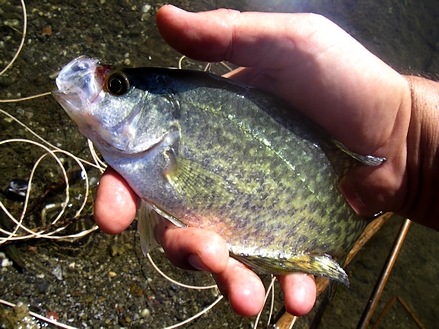
Say hello to my little friends, they’ve entertained both you and I these last couple of years …
The Sacramento Pikeminnow – the lateral line moves upward as it approaches the gill plate, about the only distinguishing feature separating it from the equally common, Sacramento Sucker.
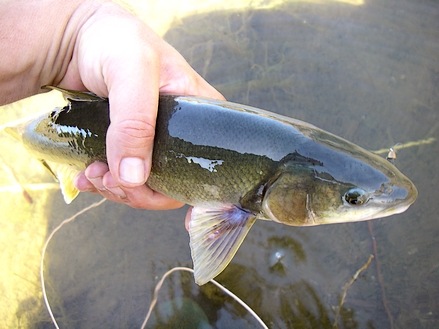
The Hardhead – nearly indistinguishable from the Pikeminnow except in the larger sizes, where it’s entire belly becomes an orange-yellow. (whereas the pikeminnow remains white)
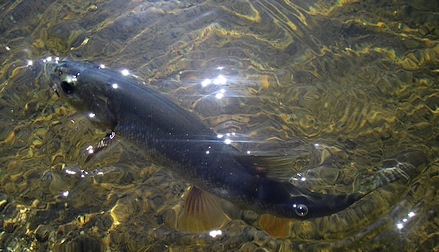
I landed fifty fish in about an hour; bluegill, sunfish, pikeminnow, suckers, smallmouth bass, and crappie. Each displayed its unique characteristics that I’ve memorized over time. Pikeminnow adore the large fly stripped fast (as do the suckers), and Bass love to inhale flies as they sink.
It was a great way to part company with an old friend – and while Winter’s rain will replenish the water it will take longer to refurbish the food sources and fish.
If the creek had invasives, they’ll be dead too.
I’d like to be really angry about the demise of this fishery, but it’s merely a symptom of a larger problem. Drought to be sure – as California has been suffering for the last three years, but the more painful thought is the realization that water is bought and sold for profit rather than metered for efficiency or environmental concerns.
Recently outfitted with a water meter, it’s plain that even the rural communities will be paying for water by the gallon, while the big agricultural interests resell their water back to cities for enormous profit.
Yesterday, the Hanford Sentinel broke the news that Sandridge Partners, a Westside “family farm”, was planning on selling 14,000 acre-feet of Sacramento San Joaquin Delta water a year to the Mojave Water Agency, San Bernardino County, for a mind boggling 5,500 dollars an acre-foot.
Who wants to be a millionaire? This deal will yield 77 million dollars to, wait for it, multimillionaires. Sandridge Partners is owned by the Vidovich family of Silicon Valley, who already amassed a considerable fortune turning Silicon Valley orchards into housing tracts. More recently, according to the Environmental Working Group, as detailed in an article in the San Francisco Chronicle, Sandridge Partners were the biggest 2008 recipients in the entire nation for federal subsidies for thirsty cotton, wheat, and peanuts for their farms in three San Joaquin Valley counties. Think of them as Kern County’s Welfare Kings.
(via The Trout Underground)
Equip your house with solar panels and you can resell energy back to the grid, so why aren’t you credited with money for the water you conserve?
Drinking water is fast becoming the world’s most precious commodity. While many have giggled at the crappy brown mess I fish in – they aren’t laughing when I name the communities that are drinking it – and my cigar butts.
When water reaches four bucks a gallon some type of reform will resurface the issue of salmon versus watery tomatoes – and which we want to eat for ten cents a pound more …
Until then be content that despite the iron grip of a third consecutive year of drought, California tomatoes shrugged it off with alacrity:
It’s shaping up to be a record year for California’s processing tomato contracted production with a forecast of 13.5 million tons, 13 percent above the previous record year of 1990.
Planted and harvest acres are forecast at 308,000 and 307,000, respectively, according to statistics from the U.S. Department of Agriculture. Acreage drifted from areas where there wasn’t adequate water supplies, with acreage up significantly in Kern and San Joaquin counties.
Fresno still leads the state with the most 2009 contracted production with 102,000 acres. San Joaquin County is second with 44,000 acres and Yolo County rounds out the top-3 with 34,000 acres.
… and then they sue the state because we cut back water to save a few hundred salmon.
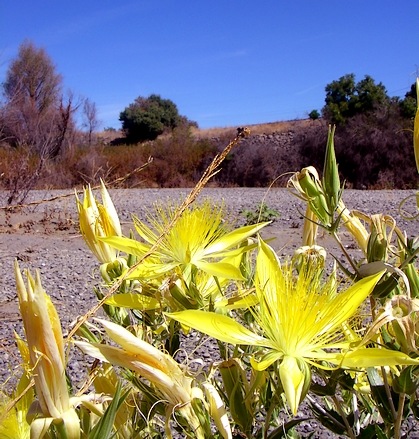
Something stinks, and it’s not the corpse of my creek. She smells of hot rock and a few posies … all that remains.
Tags: California tomatoes, little stinking, pikeminnow, sucker, crappie, bluegill, wake, smallmouth bass, California drought, water politics, potable water, drinking water
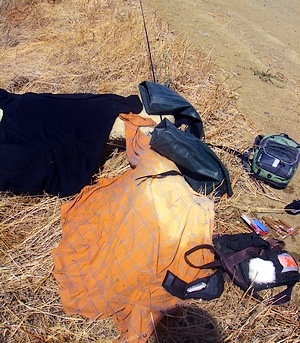 I’d seen a couple last week and made every effort to move slow near the waters edge – and even slower in the water, but the little bastards got me…
I’d seen a couple last week and made every effort to move slow near the waters edge – and even slower in the water, but the little bastards got me…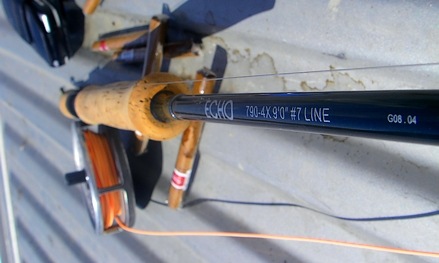
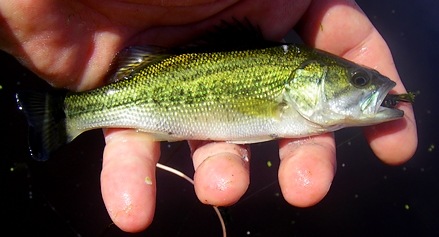

 Anglers have always been linked with conservation issues. Often we’re the whistle blowers that link some abusive practice with its effects on riparian habitat.
Anglers have always been linked with conservation issues. Often we’re the whistle blowers that link some abusive practice with its effects on riparian habitat.
 Dead and desiccated beaver were scattered near their burrows. While agile underwater they’re clumsy prey on dry land, easy pickings for coyotes or someone’s Rottweiler.
Dead and desiccated beaver were scattered near their burrows. While agile underwater they’re clumsy prey on dry land, easy pickings for coyotes or someone’s Rottweiler.




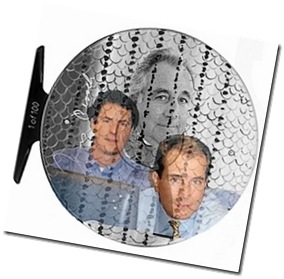
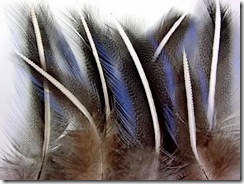

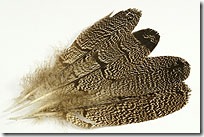
 The left boot was taking on water from both heels and soles, I’d managed to wear through both, and the right boot was slurping water through both the uppers and heels, and all of this accomplished in two seasons.
The left boot was taking on water from both heels and soles, I’d managed to wear through both, and the right boot was slurping water through both the uppers and heels, and all of this accomplished in two seasons. I liked them so much I bought two more pair; one identical to the original, and a second lighter set – the
I liked them so much I bought two more pair; one identical to the original, and a second lighter set – the  I remember calling the announcer a “know-nothing boob” when he claimed Jerry Rice had “lost a step.” Those were fighting words, inferring the world’s greatest wide receiver from the world’s best-est NFL team was somehow mortal…
I remember calling the announcer a “know-nothing boob” when he claimed Jerry Rice had “lost a step.” Those were fighting words, inferring the world’s greatest wide receiver from the world’s best-est NFL team was somehow mortal… We’ve added glasses, hydration, and a fart bar to the vest – three more items we can forget in the pre-dawn flurry of fly boxes, tippet and other essentials.
We’ve added glasses, hydration, and a fart bar to the vest – three more items we can forget in the pre-dawn flurry of fly boxes, tippet and other essentials. I managed to eke one last trip out of the old waders – and with one set on backorder, I was just lucky I opted for the “chemical resistant” flavor on the second pair. No camouflage this time, just the ninja-esque black boots famous for cleaning overflowing toilets and oil spills.
I managed to eke one last trip out of the old waders – and with one set on backorder, I was just lucky I opted for the “chemical resistant” flavor on the second pair. No camouflage this time, just the ninja-esque black boots famous for cleaning overflowing toilets and oil spills.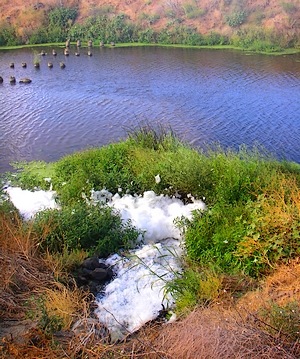 I’m staying at the bottom of the trench frantically throwing “L” shaped casts as the wind is blowing much too hard for flies. I figure after a hundred yards I might get lucky and snake a few fish to the bank, which will give me a clue what calls this home.
I’m staying at the bottom of the trench frantically throwing “L” shaped casts as the wind is blowing much too hard for flies. I figure after a hundred yards I might get lucky and snake a few fish to the bank, which will give me a clue what calls this home.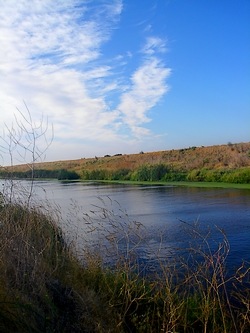 I was tempted briefly by the Brownline Shower facility above, no soap needed and undressing optional. It’s the drain from an unknown number of cornfields making it rich in precious nutrients, so precious they’re sprayed from planes rather than found in the soil.
I was tempted briefly by the Brownline Shower facility above, no soap needed and undressing optional. It’s the drain from an unknown number of cornfields making it rich in precious nutrients, so precious they’re sprayed from planes rather than found in the soil. The print media continues to struggle in the face of the combined onslaught of economy and Internet. We get mighty few clues on how the fishing press is faring as so few are publicly traded.
The print media continues to struggle in the face of the combined onslaught of economy and Internet. We get mighty few clues on how the fishing press is faring as so few are publicly traded.
